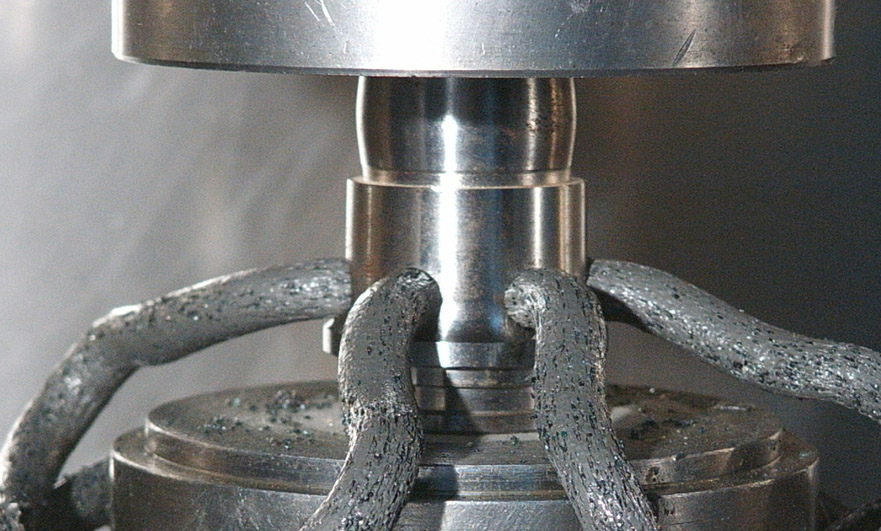Talking About Fluid Polishing Technology
Residues and very small microscopic metal particles appear on the surface of the part. These are called glitches. The more burrs, the lower the quality standard. Deburring of cemented carbide inner holes has always been a difficult problem in cemented carbide processing. Traditional deburring methods generally use files, sandpaper, grinding heads, etc. as auxiliary tools to manually deburr, which is not only expensive, but also inefficient. Fluid polishing plays a very good role.
Fluid polishing technology originated in the United States. At present, only the United States, Japan and China have fully mastered these processes in the world. Let us follow CNCMF to understand fluid polishing technology.
What is Fluid Polishing?
Fluid polishing is also called abrasive flow, which relies on flowing liquid and carried abrasive particles to wash the surface of parts to achieve the purpose of polishing. The hydrodynamic grinding is driven by hydraulic pressure. The medium is mainly made of special compound (polymer-like substance) mixed abrasive with good fluidity under lower pressure. The abrasive can be made of silicon carbide powder.
Common Method
Abrasive jet processing, liquid jet processing, hydrodynamic grinding, etc. Hydrodynamic grinding is driven by hydraulic pressure to make the liquid medium carrying abrasive particles flow back and forth on the surface of the part at high speed.
Fluid polishing abrasive: polymer soft abrasive.

Application of Fluid Polishing
Mainly suitable for cross-drilling, internal diameter holes of segment shape, concave and convex surface, milling, broaching surface, internal radius, end surface, internal corner, internal channel grinding, manual removal of burrs, intake and exhaust pipes, intake valves, pressurization Chambers, fuel injectors, fuel injectors, cylinder heads, turbine casings and blades, splines, gears, brakes, etc.
Advantages of Fluid Polishing
1: Simple operation, easy to use
2: Low noise, no pollution, zero emission
3: Reduce manual workload and low cost
4: The product made by the machine has the same effect, and there will be no problem of inconsistent manual polishing.
Summary
Fluid polishing is a technology that relies on flowing liquid and carried abrasive particles to clean the surface of parts and polish. Mainly for inner holes, micro holes, irregular shapes, spherical surfaces, gears, etc., it has high efficiency, thorough polishing and deburring, and does not damage the appearance of parts, but it is not suitable for parts with large dimensions.
CNCMF can help you understand the production of parts and determine the best solution for custom machining of metal parts. Our professional customized metal processing manufacturing team has deep industry knowledge and experience, and we will work hard to make your next project a success. Contact us now to start your custom processing project.
Source:What is Fluid Polishing?